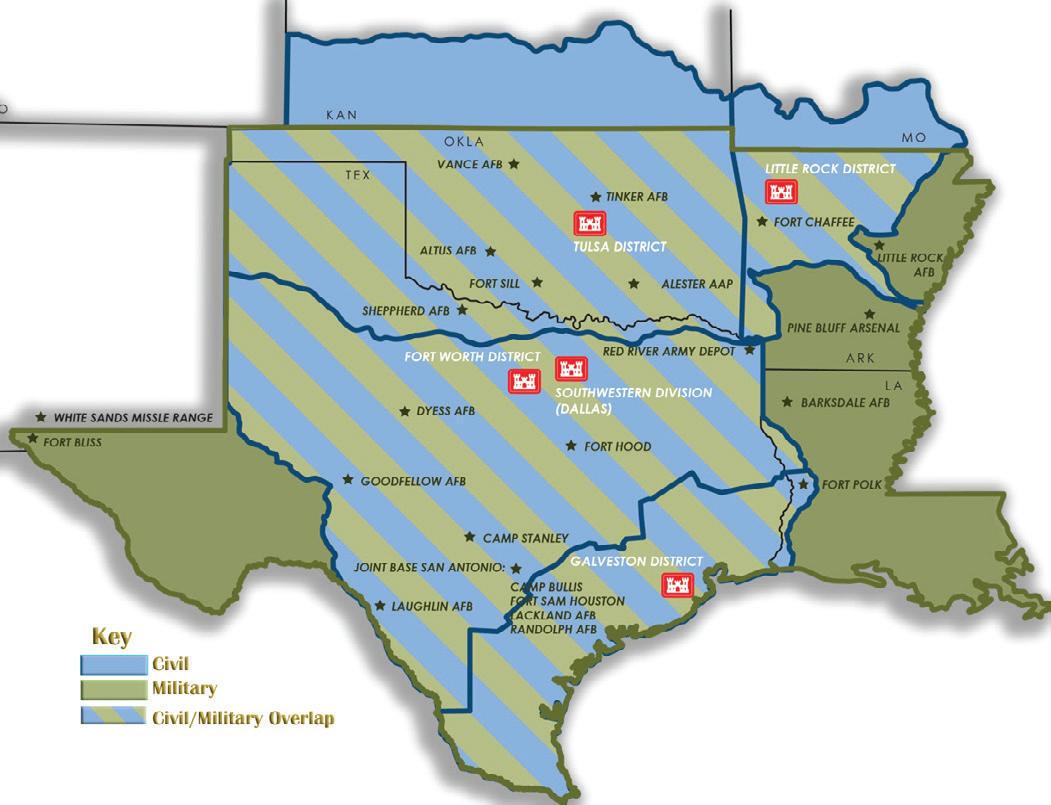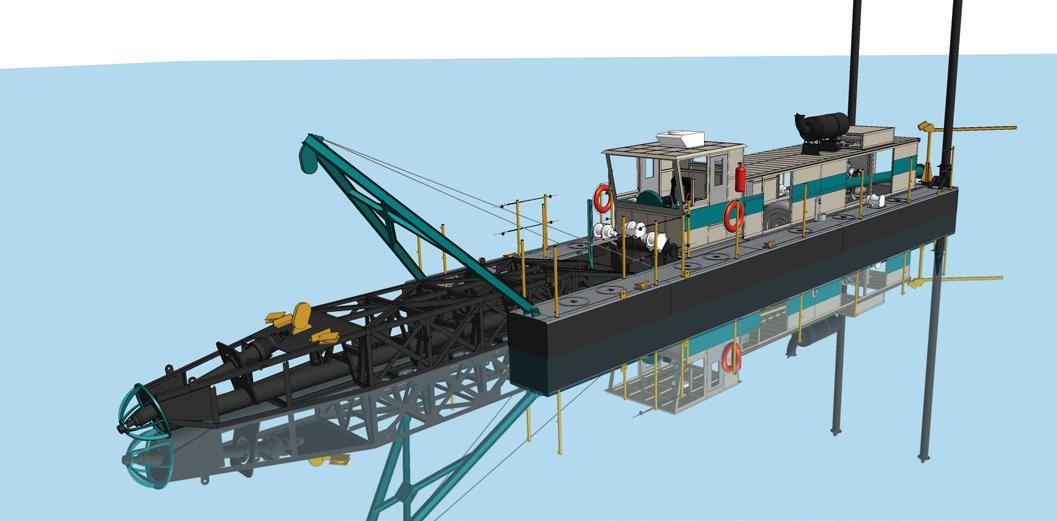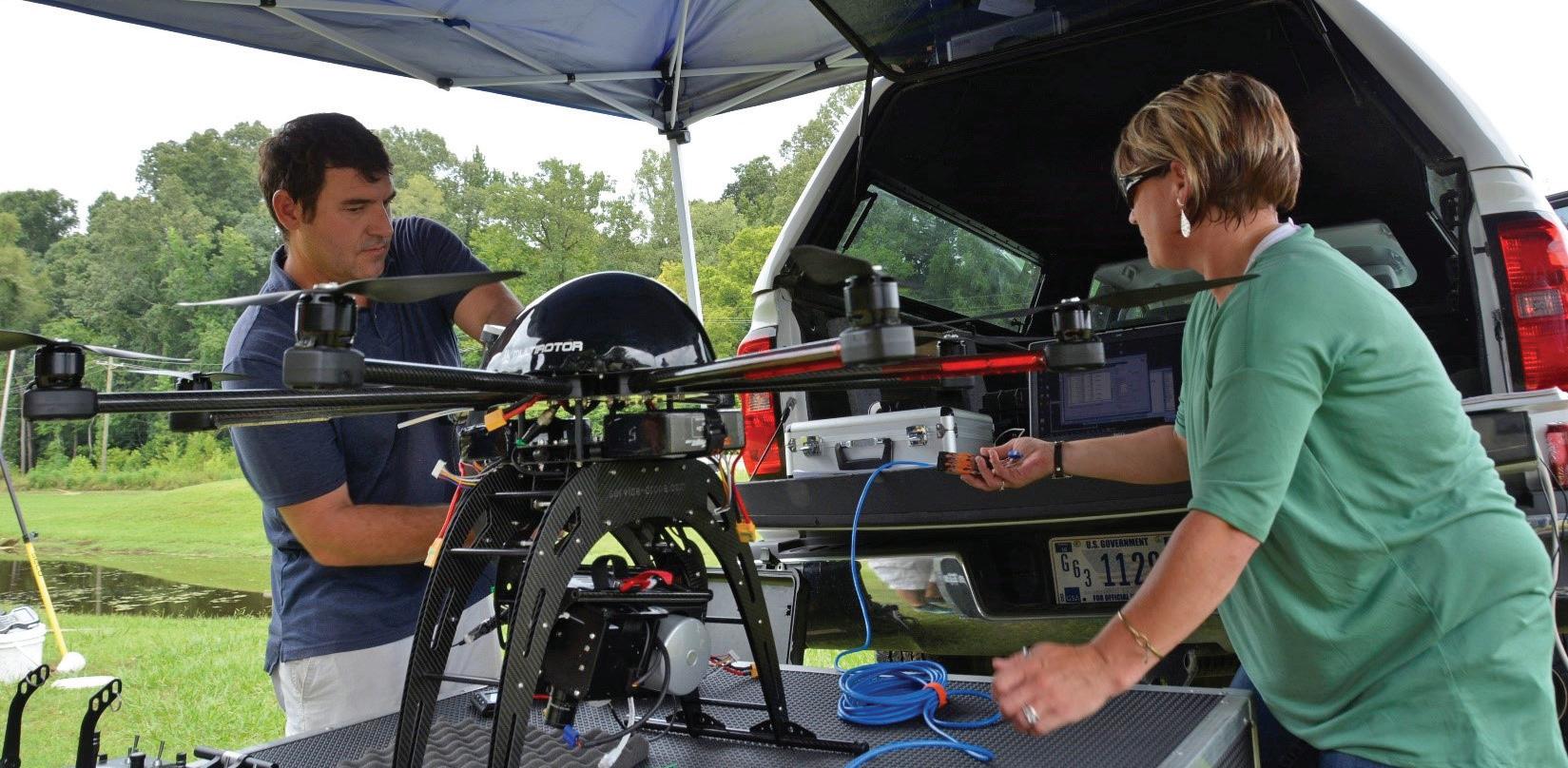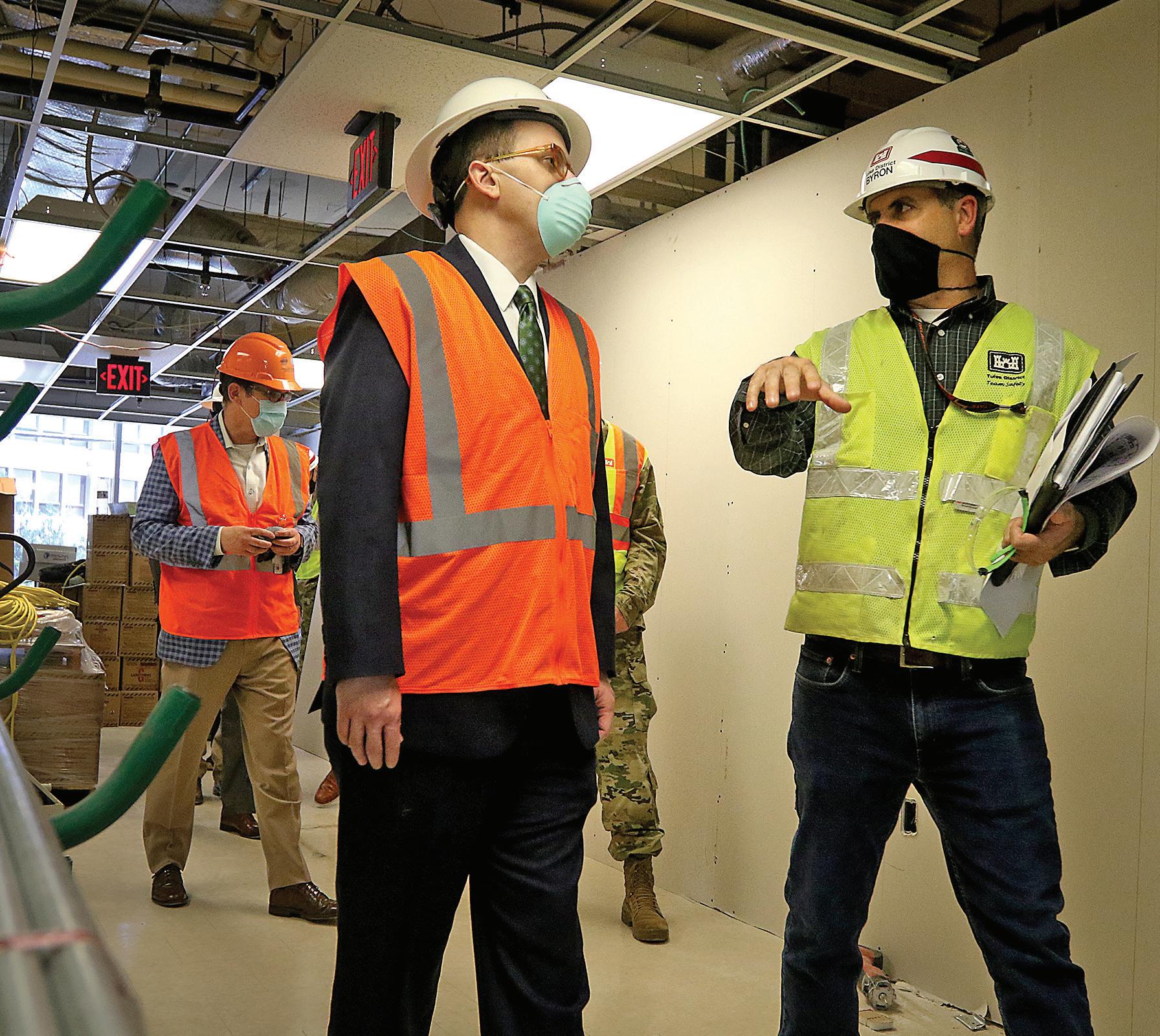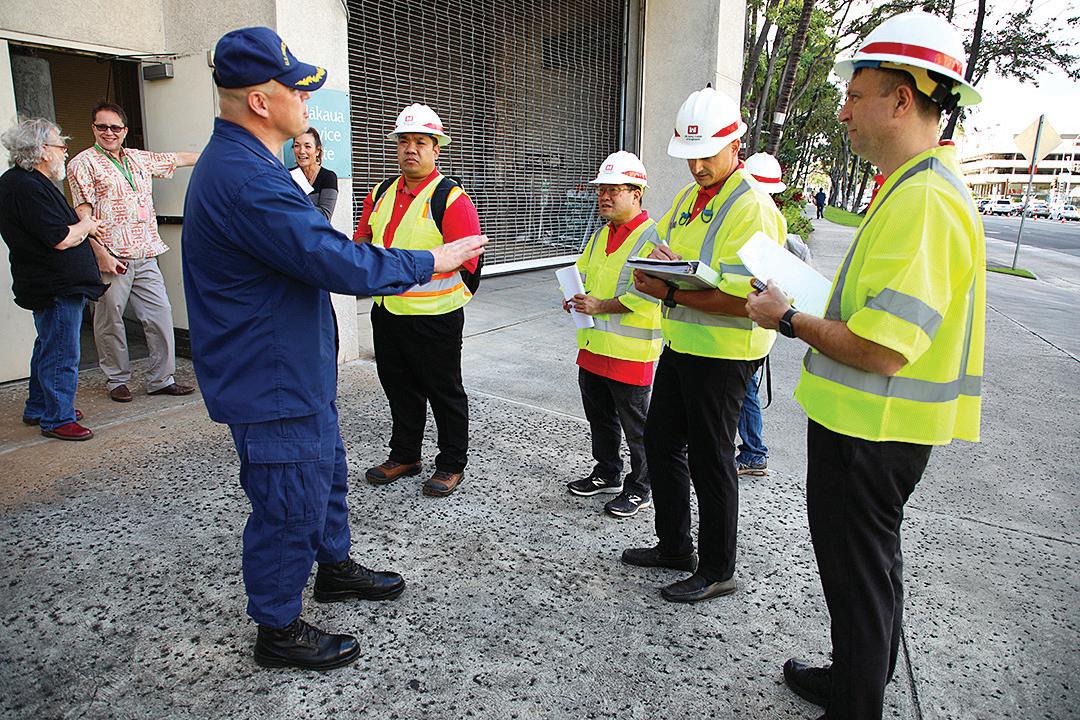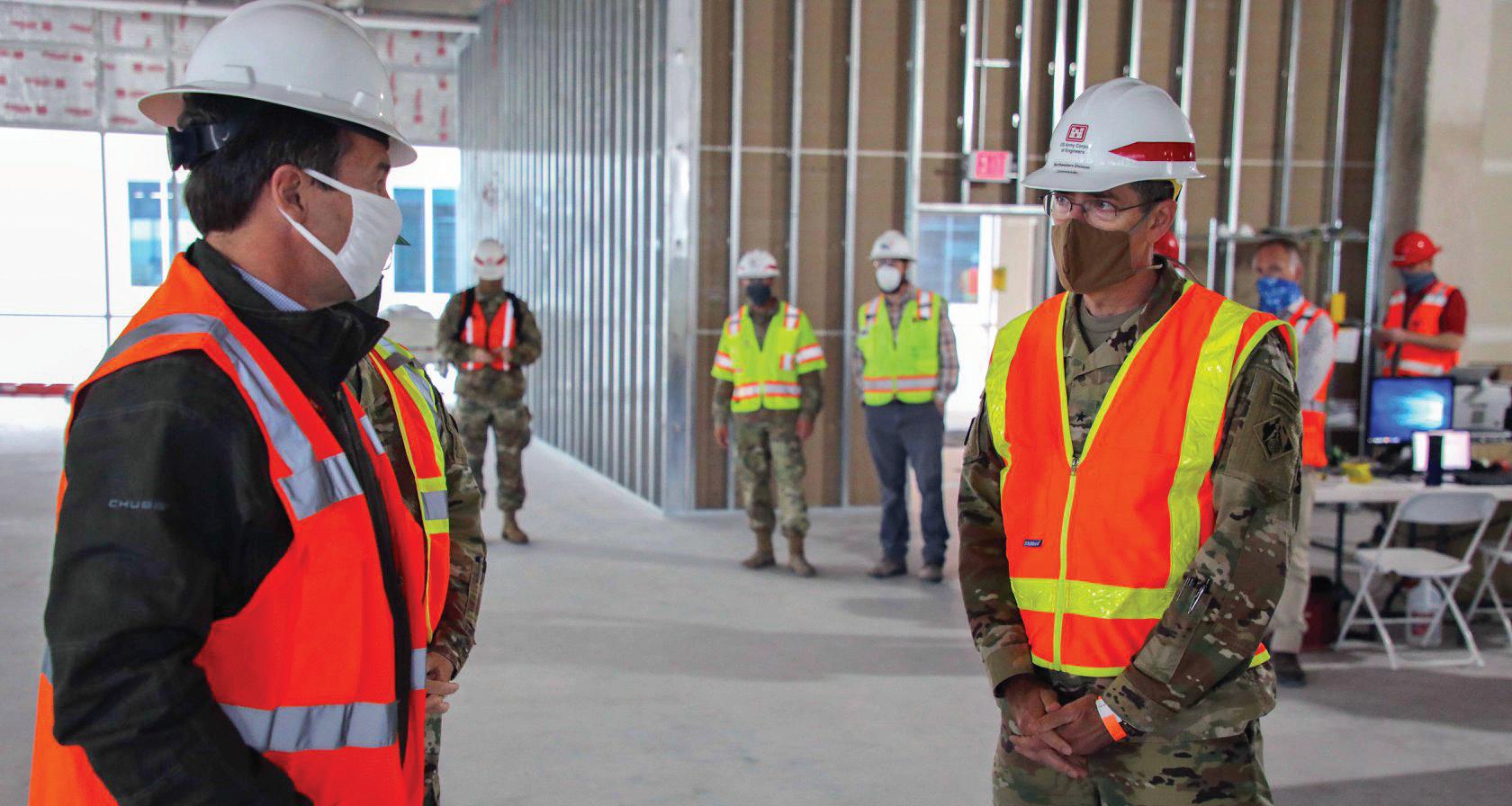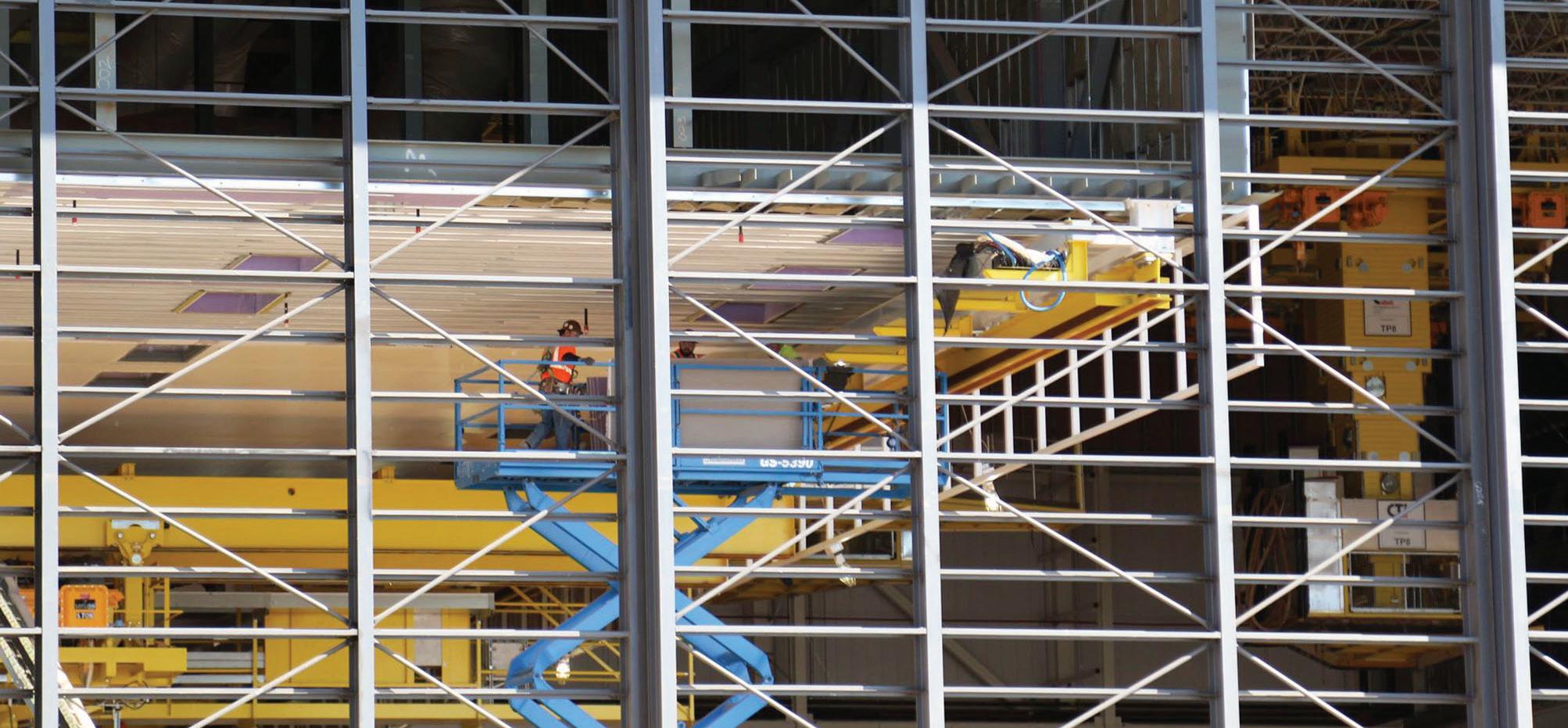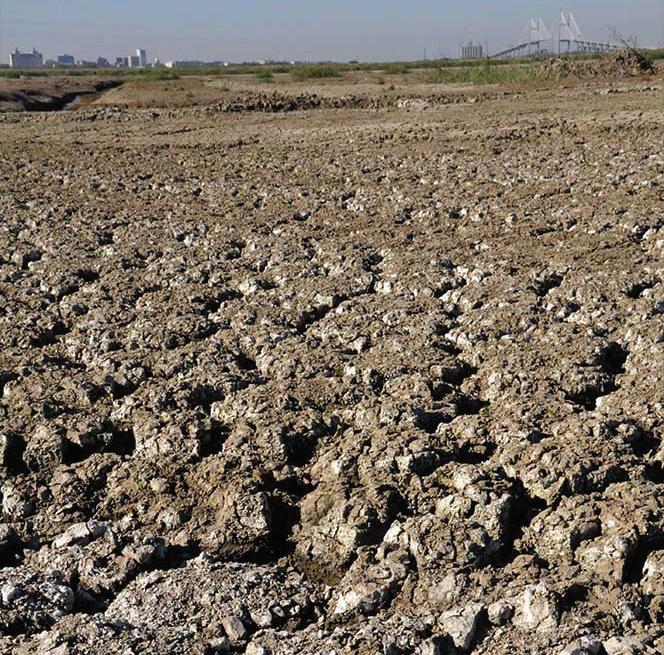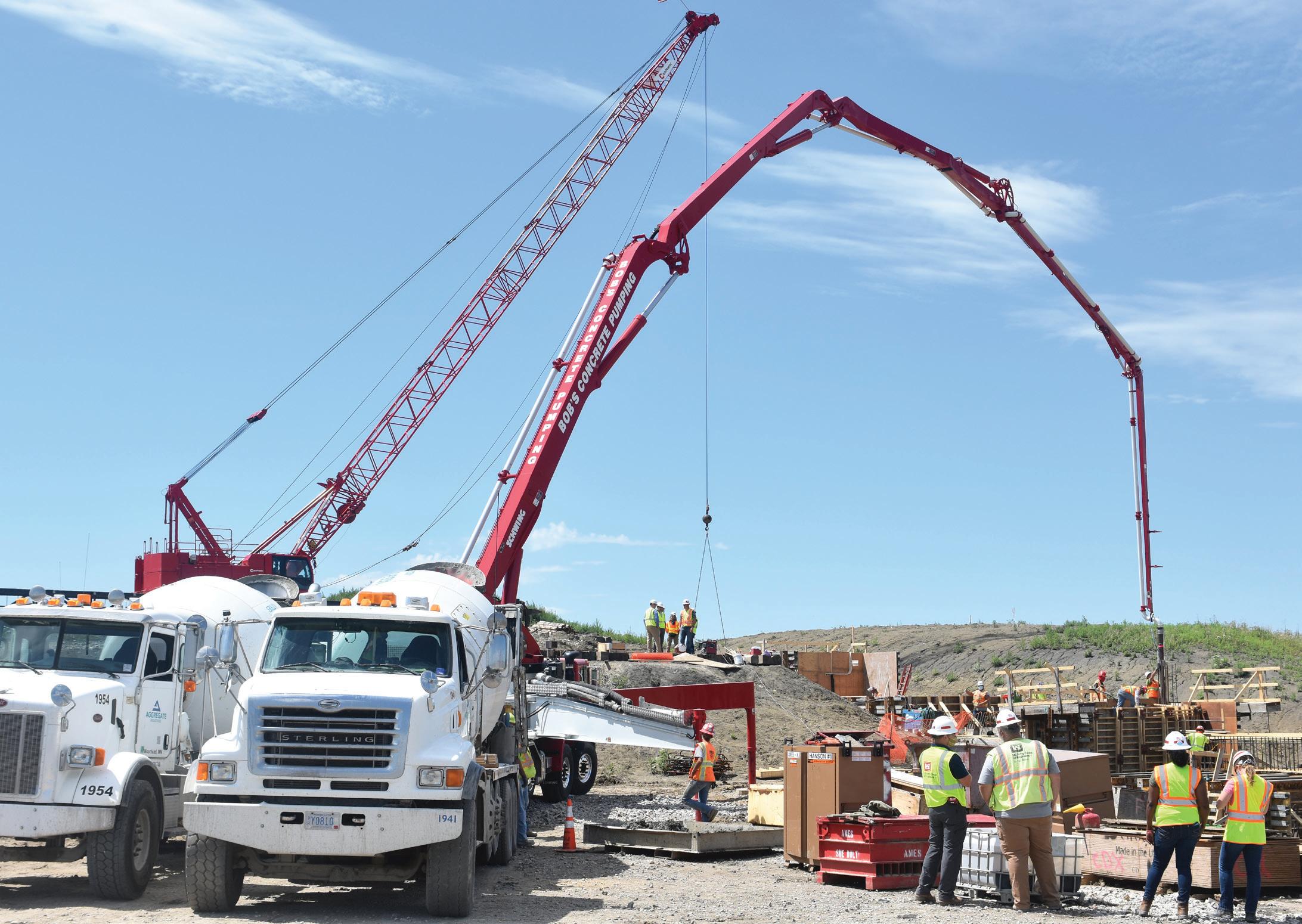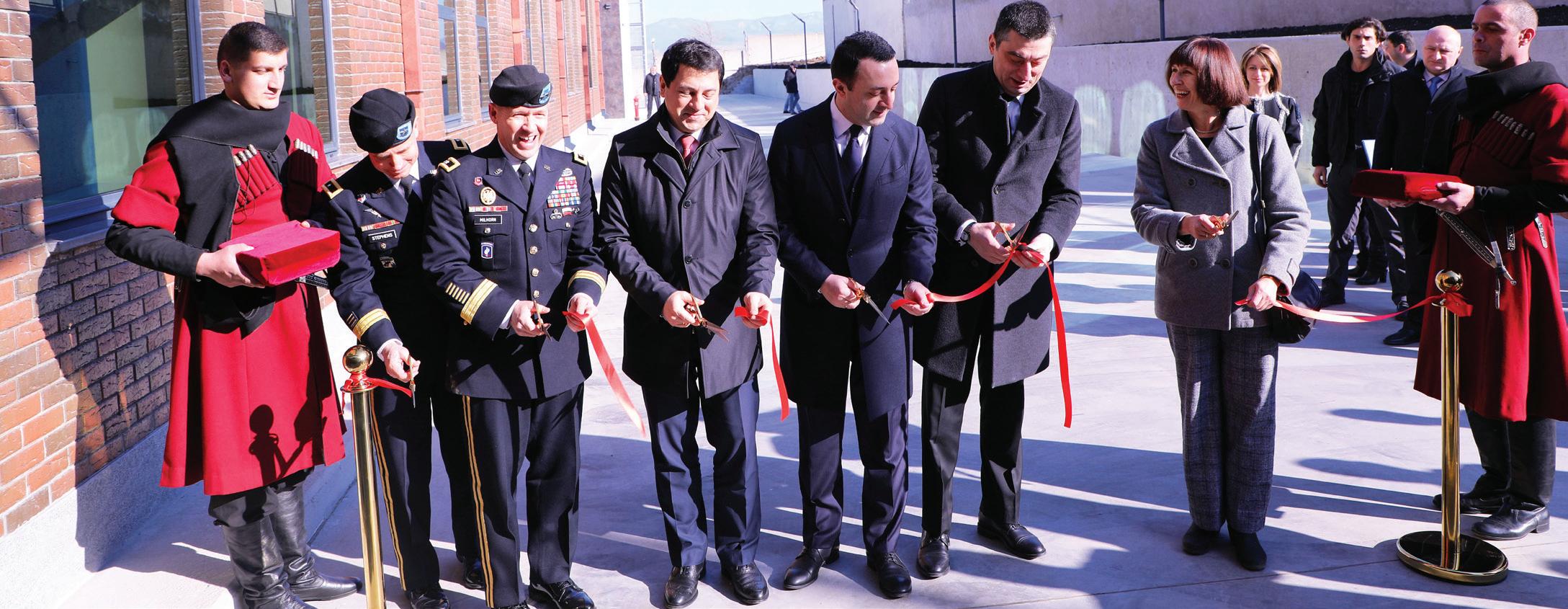engineers, legal and regulatory specialists, resource managers, contract specialists, industrial hygienists, and safety specialists, as well as members from the Radiological Health Physics Regional Center of Expertise (RCX). “Having the expertise of RCX professionals was integral to the success of the Sturgis project,” said Brenda Barber, Baltimore District program manager. “From the planning stages through the contract award and the day-to-day work of safely dismantling and disposing of the various aspects of this floating nuclear reactor,” said Barber, “the expertise of the RCX was crucial to the success of this complex project, and continues to play a role as we plan for the reactors at Fort Belvoir and Fort Greely.” The RCX’s decommissioning support is not limited geographically. The Baltimore District team, selected to execute the program because of its unique radiological expertise through the RCX team, is supporting SM-1 efforts at Fort Belvoir as well as SM-1A efforts at Fort Greely. The radiological decommissioning of the Sturgis was completed in Galveston, Texas, after the barge was towed from storage in Virginia, and its final shipbreaking was completed in Brownsville. “The [Baltimore] District’s highly trained and experienced team of health physicists provides radiation safety and technical support to the Corps of Engineers and other federal agencies across the United States and overseas for projects involving all aspects of radiological work,” said Hans Honerlah, one of the RCX’s trained radiological health physicists. “This can include providing coordination, oversight, and consultation for investigation, decommissioning, and radiation safety work.” The frequency of radiological projects within EMDC has afforded RCX team members the opportunity to become skilled experts who are efficient and cost-effective in addressing specific and complex challenges typically encountered on such projects. The Baltimore District can staff a complete project delivery team that understands these unique challenges and that can, when necessary or appropriate, seamlessly merge with local teams to provide even more robust capability and expertise. The end result is a team qualified and ready to identify project risks and develop strategies to manage those risks. In the late 1990s, USACE established an enterprisewide Radiation Safety Support Team (RSST) to provide radiological support to all USACE commands. Baltimore District was a charter member to the RSST, and the RCX is often called upon to support requests from the RSST or by partners throughout the Army and other agencies for work involving sites that require radiological proficiency. Planning the safe remediation of these sites with deactivated nuclear reactors is no simple task, nor a common one, which is why Baltimore District’s RCX plays a large role in supporting these efforts. “The RCX supports projects like these, and others, in many ways,” Honerlah said. “The RCX assists with the development and implementation of decommissioning plans, cost estimates, and several other aspects of the planning and execution of remedial work. The RCX team considers all legal and regulatory standards associated with occupational exposure to radioactive materials, site clean-up levels, and appropriate transportation and disposal requirements for the materials with residual radioactive materials.” 12
U.S. ARMY PHOTO BY BECCA NAPPI
NORTH ATL ANTIC DIVISION
Crews at a shipbreaking facility in Brownsville, Texas, pull the last piece of sectioned steel for recycling from the Sturgis ashore in March 2019, marking the completion of a five-year project to decommission and dismantle the U.S. Army’s long-retired floating nuclear plant, MH-1A. Baltimore District led the effort because of its unique radiological expertise through its Radiological Health Physics Regional Center of Expertise.
The RCX also provides its capabilities and expertise to other USACE districts. Support includes anything from remediation efforts at Formerly Utilized Sites Remedial Action Program (FUSRAP) sites, with contamination stemming from the nation’s early nuclear research to auditing radioactive materials licenses for USACE’s dredges and gauges, plus they provide support to a variety of other federal agencies. While the Baltimore District team has been providing radiological expertise support for many years, it was officially recognized as an RCX in 2011. As a formal RCX, the district supports external partners including the Environmental Protection Agency, the National Park Service, and other Army commands as well as other branches of the military. The RCX is currently supporting ongoing depleted uranium demilitarization operations for U.S. Army Joint Munitions Command, which involves coordination of federal and state regulators to safely transport and dispose of demilitarized depleted-uranium rounds at a licensed low-level radioactive waste facility. “The RCX has in-house staff and equipment to self-perform smaller tasks for USACE as well as other customers,” Honerlah said. “As the issues and projects become larger, the staff can support the development and award of contracts for these specialized tasks related to radiological work. Post-award, the RCX can support the supervision, quality assurance, and technical oversight of these contracts throughout the period of performance.” With the safe completion of the radiological decommissioning and dismantling of the Sturgis behind them, the RCX is largely focused on upcoming decommissioning work for the SM-1 and SM-1A, all while standing ready for whatever additional radiological challenges may come their way. The team plans to start the decommissioning and dismantlement of SM-1 in spring 2021. n

